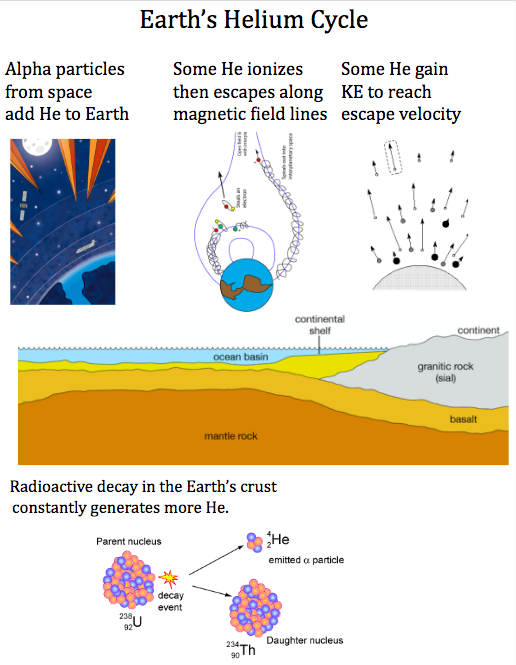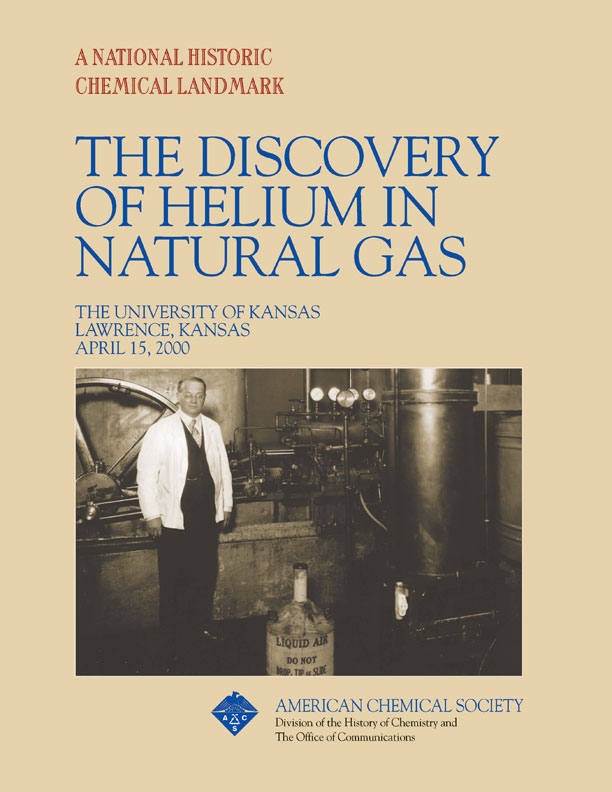So, I was at my nephew’s birthday party last month, right? Loads of balloons everywhere, the shiny foil ones and the regular rubber ones, all bobbing up near the ceiling. And it just clicked in my head – where does all that helium actually come from? You see it everywhere, for parties, blimps maybe, but like, how is it made?

My first thought was probably like most people’s – they must make it in some chemical factory. Mix some stuff together, zap it with something, and poof, helium. Seemed logical enough, we make all sorts of stuff.
Digging into it
When I got home, still curious, I sat down and just started searching around online. Typed in simple things like “how is helium made” and “where to get helium”. Nothing fancy.
Well, forget the factory idea. Turns out, that was totally wrong. Helium isn’t really manufactured like plastic toys or something. It’s actually found underground. Yeah, pulled out of the earth, kind of like natural gas. I was pretty surprised by that.
Apparently, tiny amounts of helium are created super slowly deep inside the Earth over millions of years, from the radioactive decay of rocks. This helium gas gets trapped in pockets, often mixed in with natural gas deposits. So, companies drilling for natural gas are the main source. They drill down, hit a pocket of gas, and sometimes there’s a useful amount of helium mixed in with it.
Getting it out isn’t simple though. They can’t just scoop it up. Because it’s mixed with natural gas, they have to separate it. The way they do it is kinda cool, literally. They chill the whole gas mixture down to super, super low temperatures. We’re talking incredibly cold. Most of the other gases, like the methane in natural gas, turn into liquid at those temperatures. But helium? It stays a gas because its boiling point (or freezing point, whatever) is the lowest of any element. Like, ridiculously low. So, once everything else is liquid, they can separate the helium gas off the top.

Where the wells are
It’s not found just anywhere, though. You need the right kind of rock formations and history for it to collect. I found out that most of the world’s helium comes from just a few places:
- The United States (especially places like Texas, Oklahoma, Kansas)
- Qatar
- Algeria
- Russia
The US actually had this huge stockpile, the Federal Helium Reserve near Amarillo, Texas. They stored tons of it there for decades, mostly for government use. But I read they’ve been selling most of it off over the last bunch of years.
And here’s the thing – because it takes millions of years to form and we can’t just whip up a batch in a lab easily, it’s a finite resource. What’s down there is pretty much all we’ve got. When you hear about helium shortages or see the price of party balloons go up, that’s often why. Demand goes up, or a big processing plant has an issue, and suddenly it gets tight because you can’t just quickly make more.
So yeah, that’s what I figured out. It’s not made in a factory; it’s a natural gas byproduct, trapped underground, separated out by making everything else freezing cold, and it only comes from certain spots on the planet. Pretty interesting for something we just use to make balloons float, huh?
